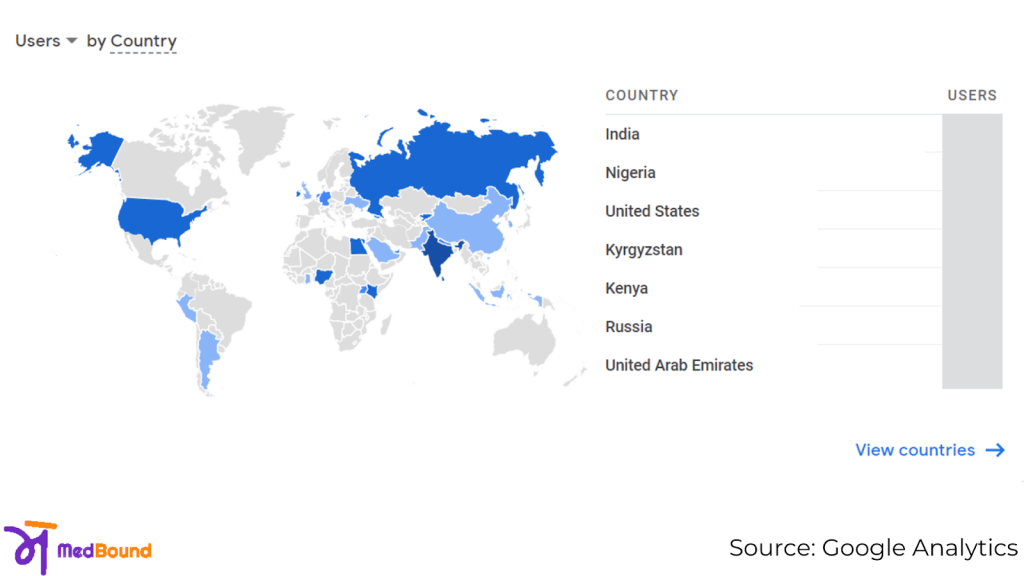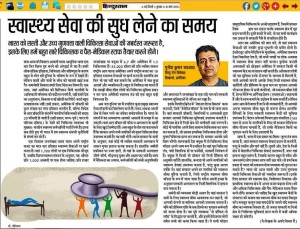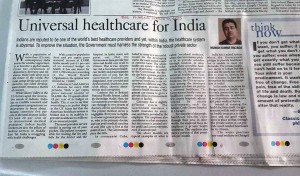“Over the past 6 months, more than 7000 verified users from the Medical/health care domain have joined the MedBound platform and the number is growing every day.”
The Statistics of verified users state that they were looking for a Global Network of Like-minded people where they can share their thoughts and connect with people of a similar domain.
MedBound is a global social networking platform exclusively for users from the medical or healthcare industry. Every individual (users) is verified in terms of their professional background.
We are aware of the fact that Facebook, LinkedIn, Twitter, IG, etc are well-established Networking sites. But still, when it comes to Networking with peers of Similar industries, it gets difficult to do so. As these platforms are having users from different fields so there is clutter in it. We are using cutting-edge technologies to develop our platform in such a way that users can experience a fantastic interface with a lot of amazing content coming out daily as Bounds in the Medbound App.
To make it more simple, It’s a twitter-like platform (not exactly Twitter) to find and connect with like-minded people. The user can publish and interact with the content which is relevant to the medical and healthcare industry. Also, you are getting global exposure in terms of your content visibility and also your profile visibility as we have a global audience. One can gather knowledge regarding the innovations that are happening outside their country hence they can apply that to their practices.
Talking about statistics, we have an average engagement time of 31 Mins 51 Secs per User in the Last 28 days as per our Google Analytics Data.
As I have mentioned in this Article about our Global Presence, So here in this screenshot one can clearly see that below:

MedBound has successfully proven that it can help even registered businesses to find their set of target audiences on the platform. It helps Businesses or individuals to widen their network.
Medbound can be also utilized as the platform/tool for important and promotional announcements.
To summarize this article, I am mentioning a few reasons to Join Medbound below:
- MedBound is a Social Networking Site for the Medical and Healthcare domain.
- Get access to a Global Community.
- Niche-based Audience.
- Amazing Daily contents in the form of Bounds.
- Grow your Presence (Profile engagement rate, Number of Followers and the Number of Bounds, etc.) in other words you’re making your Portfolio about your reach and global presence with Medbound which obviously you will be able to capitalize upon App’s development.
- Help your Peers to Innovate, to Grow in their domain.
Do share your valuable comments about the Medbound App.
We are open to suggestions, feel free to write us at info@medbound.com



